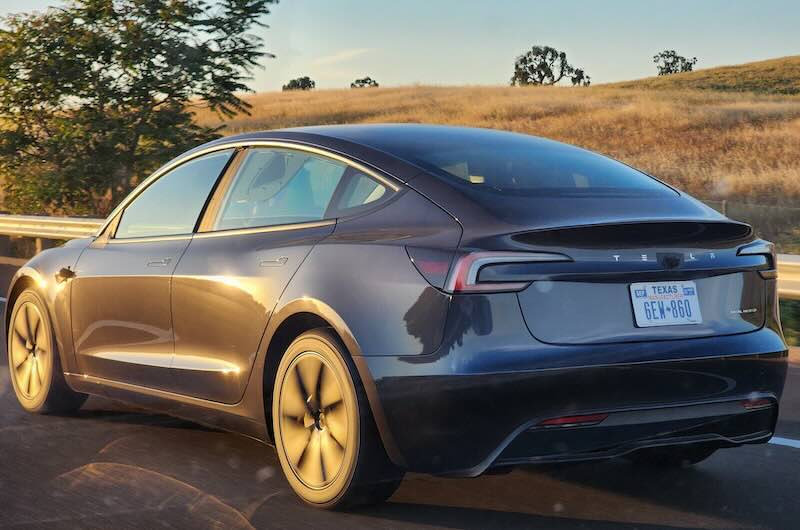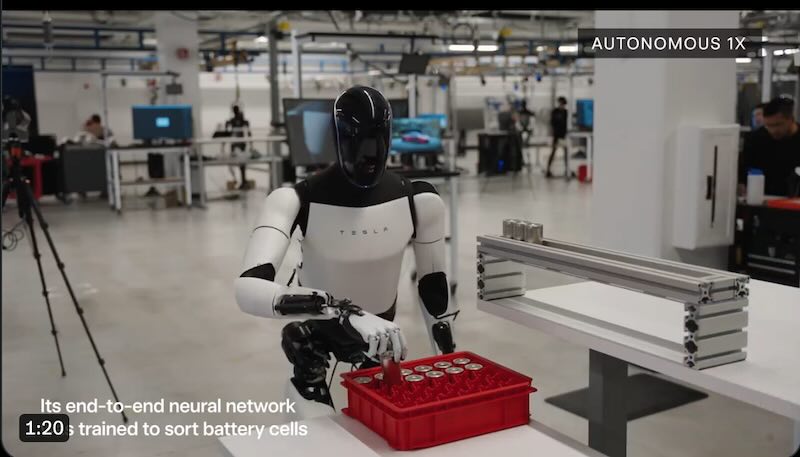In a NoPriorsPod interview, former Tesla AI chief Andrej Karpathy shared his insights on the future of autonomous vehicles (full episode), humanoid robots, and AI. His revelations shed light on Tesla’s unconventional approach to self-driving technology and the company’s ambitious plans for general-purpose robotics.
Despite appearances, Karpathy remains bullish on Tesla’s self-driving program. “I personally think Tesla is ahead of Waymo,” he stated, explaining that Tesla faces software challenges while Waymo grapples with hardware issues. “Software problems are much easier,” Karpathy asserted, predicting that in a decade, Tesla’s scale and revenue in the autonomous driving space will surpass its competitors.

Karpathy unveiled a surprising aspect of Tesla’s strategy: the company uses expensive sensors like LiDAR and high-precision maps during model training, later distilling this data into a vision-only model for deployment. This clever approach hasn’t been widely recognized in the industry.
Tesla’s AI journey has been marked by a gradual replacement of traditional C++ code with neural networks. Karpathy envisions that within a decade, systems like Tesla’s could be entirely neural network-based, processing video inputs to generate commands directly.
This technological foundation proved unexpectedly valuable when Tesla decided to venture into robotics. Karpathy shared an amusing anecdote about early versions of the Optimus robot, which initially believed it was a car due to shared hardware and software with Tesla vehicles. “It tried to identify drivable areas, but in fact, it was recognizing walkable areas,” he explained.
Karpathy offered compelling reasons for Tesla’s focus on humanoid robots:
- The cost-effectiveness of a general-purpose platform capable of performing various tasks
- Ease of remote operation and data collection for training
- Compatibility with human-designed environments
- Enhanced model generalization across diverse tasks
He predicts a phased commercialization approach for robots, starting with internal use, then business-to-business applications, and eventually reaching consumers.
Discussing the broader landscape of AI, Karpathy highlighted the power of Transformer models, noting their superiority to the human brain in certain aspects, particularly memory tasks. He emphasized the need for better training data that captures human cognitive processes rather than relying solely on internet-sourced information.

“If we had a billion such thought processes, AGI could become a reality,” Karpathy posited, pointing to a shift in focus towards datasets that mirror human thinking patterns.
Looking ahead, Karpathy envisions more efficient AI models. “Current models waste a lot of capacity storing irrelevant information,” he explained, suggesting that truly capable models might need only a billion parameters, making them extremely compact.
While synthetic data represents the future of AI training, Karpathy cautioned about the need to maintain dataset richness and diversity.
Related Post
Tesla has Officially Launched Actually Smart Summon (ASS), Your Car Comes When Called
Tesla Robotaxi Vehicle Data Access: Encrypted Rides Unveiled Oct 10
